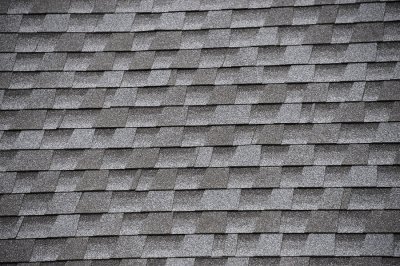When you are shopping for new roofing materials to use during your roof replacement near Redmond , you may find yourself choosing between architectural and 3-tab shingles. Both types of roofing shingles will provide a durable and attractive exterior layer for your new roof. Ultimately, your choice between architectural and 3-tab shingles will come down to your personal style preferences and desired durability. Here is an overview of some of the main difference between architectural and 3-tab shingles. 
Style
One of the most easily recognizable differences between architectural and 3-tab shingles is their different style and aesthetic properties. While 3-tab shingles will provide your roof with a traditional appearance, architectural shingles can be used to create a bold and distinctive style. If you desire the appearance of wood or tile shingles, but want to remain in the asphalt price range, architectural shingles may be right for your needs. With a 3-tab shingle installation, your roof will have a more conventional look and feel.
Weather Resistance
Another major point of variation between architectural and 3-tab shingles is the relative durability and weather resistance of each type of roofing shingle. Conventional 3-tab shingles are designed to last for up to 30 years before they need to be replaced. With an architectural shingle installation, you can expect your shingles to last up to twice as long. With their terrific resistance to wind, rain, and sun exposure, architectural shingles are a durable choice for your roofing needs.
Weight
Architectural shingles are typically much heavier than 3-tab shingles. When you install new architectural shingles on your roof, you can rest assured that your roofing will be heavy enough to remain intact under high wind conditions. The heavier weight of an architectural shingle allows it to resist wind speeds that reach nearly 120 miles per hour. By contrast, 3-tab shingles may come loose in winds reaching 60 miles per hour or less. If you want to make sure that your roof can withstand the next big storm, you might want to consider an architectural shingle installation.

